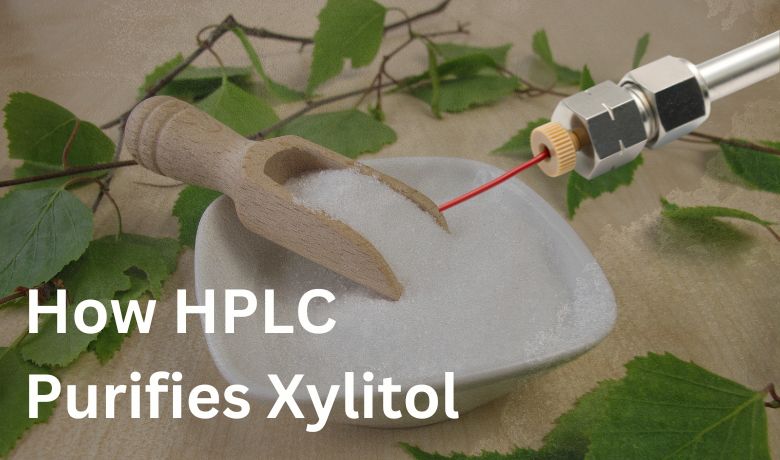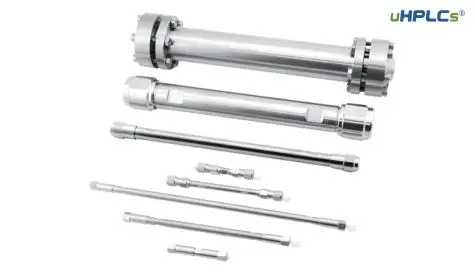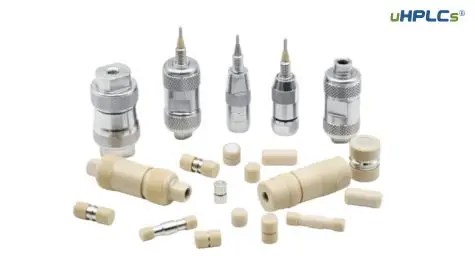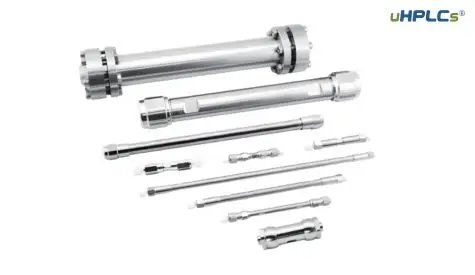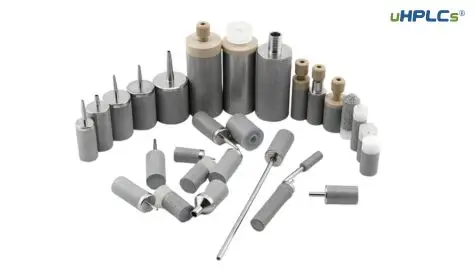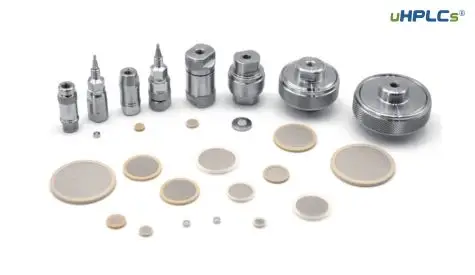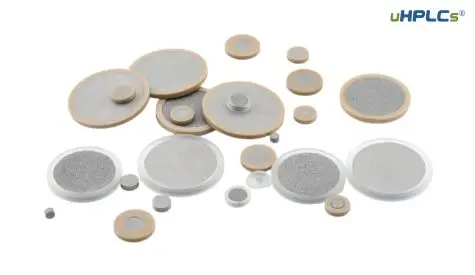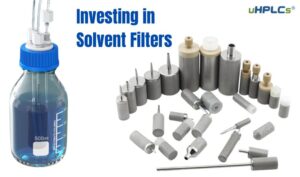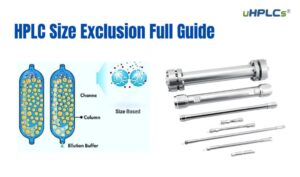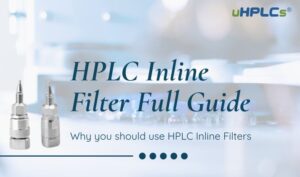Xylitol is a naturally occurring sugar alcohol found in small amounts in various fruits and vegetables, like berries, plums, and corn. However, it can also be commercially produced from birch or hardwood trees. Despite its name, xylitol isn’t technically an alcohol but a polyol, a type of carbohydrate with unique properties.
Sweetness with Perks:
Xylitol offers a sweetness similar to sugar but boasts several advantages:
- Reduced Calories: It contains about 30% fewer calories than sugar.
- Low Glycemic Index: Xylitol doesn’t cause significant blood sugar spikes, making it suitable for people with diabetes or prediabetes.
- Dental Health Hero: Unlike sugar, xylitol doesn’t promote tooth decay. In fact, it can help prevent cavities by reducing harmful bacteria in the mouth.
- Other Potential Benefits: Studies suggest xylitol may benefit bone health, ear infections, and even skin health.
Why Extract and Purify Xylitol?
There are several key reasons why extracting and purifying xylitol is important:
Growing Demand: The global demand for xylitol is steadily increasing due to its unique properties. As consumers become more health-conscious and seek sugar-free alternatives, xylitol finds applications in various industries:
- Food and Beverage: As a sugar substitute in sugar-free candies, chewing gum, beverages, and diabetic-friendly products.
- Pharmaceuticals: As a sweetener in lozenges and medications.
- Personal Care: In toothpaste, mouthwashes, and cosmetics for its oral health benefits.
Health Benefits:
Beyond its sweetness, xylitol offers potential health benefits, driving its appeal:
- Low Glycemic Index: Suitable for diabetics and individuals managing blood sugar levels.
- Dental Health: Xylitol reduces harmful bacteria in the mouth, preventing cavities and promoting oral health.
- Other Potential Benefits: Studies suggest benefits for bone health, ear infections, and even skin health.
Challenges in Natural Extraction:
While xylitol occurs naturally in fruits and vegetables, extracting it in sufficient quantities and purity presents challenges:
- Low Concentrations: Xylitol content in natural sources is typically low, often less than 1%, requiring processing large volumes for significant yield.
- Impurities: Natural sources like fruits contain other sugars, fibers, and compounds that need to be separated from the desired xylitol.
- Cost-Effectiveness: Extraction processes from natural sources can be expensive compared to chemical synthesis.
Purification Necessity:
Therefore, purification is crucial for several reasons:
- Safety: Impurities can be harmful or undesirable in various applications.
- Consistency: Consistent purity ensures predictable sweetness and functionality across different products.
- Regulatory Compliance: Meeting food and pharma industry regulations often requires high purity standards.
Conclusion:
Extracting and purifying xylitol is essential to meet the growing demand for this versatile sweetener while ensuring its safety, health benefits, and cost-effectiveness in various applications.
HPLC in Xylitol Extraction and Purification
A Glimpse into the World of HPLC:
High-Performance Liquid Chromatography (HPLC) is a workhorse in various industries, especially for purifying and analyzing compounds like xylitol. Here’s a breakdown of its core principles and advantages:
Operation Principle:
Imagine a race where molecules compete! In HPLC, a liquid mixture (including your target compound) flows through a packed column under high pressure. Each molecule interacts differently with the stationary phase (packing material) and the mobile phase (flowing solvent). Molecules with stronger affinity for the mobile phase move faster, while those clinging to the stationary phase lag behind. This differential migration separates the components as they exit the column, allowing individual detection and analysis.
Advantages of HPLC:
- High Resolution: Separates even closely related molecules based on subtle differences in their interactions.
- Sensitivity: Detects minute amounts of compounds, crucial for analyzing trace contaminants.
- Versatility: Adaptable to various compounds and separation needs with different column packings and mobile phases.
- Automation: Highly automated, increasing efficiency and minimizing human error.
HPLC in Action: Purifying Xylitol
Now, let’s apply HPLC to xylitol’s journey:
- Separation Powerhouse: As mentioned, extracting xylitol from natural sources involves separating it from other sugars, fibers, and impurities. HPLC excels at this task, offering high resolution to isolate pure xylitol.
- Purity Standards: Food and pharmaceutical industries have strict purity requirements for xylitol. HPLC ensures compliance by identifying and removing any unwanted components.
- Identifying the Champion: HPLC detectors, like UV detectors, measure xylitol’s specific properties as it exits the column, allowing precise identification and quantification.
Comparison with Other Methods:
HPLC offers clear advantages compared to traditional purification methods like:
- Crystallization: Can be slow, incomplete, and unsuitable for complex mixtures.
- Distillation: Limited to volatile compounds and can lead to degradation.
- Solvent Extraction: Can be inefficient and environmentally unfriendly.
The Verdict:
HPLC’s precision, versatility, and automation make it an invaluable tool for extracting and purifying xylitol. It ensures the quality and safety of this versatile sweetener, meeting industry standards and unlocking its full potential in various applications.
Components of an HPLC System Used in Xylitol Purification
Each component of an HPLC system plays a crucial role in efficiently purifying xylitol. Let’s delve deeper into their individual functions:
1. Pumps: The unsung heroes of HPLC, pumps are responsible for delivering the mobile phase, the solvent carrying the sample through the system. They need to be reliable, precise, and capable of generating high pressures (up to 6000 psi) to achieve optimal separation.
2. Injector: This precise device carefully introduces the sample containing xylitol into the mobile phase stream. Different injector types exist, each with its own volume capacity and injection technique. In xylitol purification, loop injectors or autosamplers are commonly used.
3. Columns: The heart of the separation process, columns are packed with specially designed materials (stationary phase) that interact with the sample components differentially. These interactions determine the separation speed and order of compounds like xylitol and impurities. Choosing the right column type (e.g., reversed-phase or ion-exchange) and packing material is crucial for efficient xylitol isolation.
4. Detectors: After components separate in the column, detectors identify and quantify the desired compound (xylitol) based on its specific properties. Common detectors for xylitol include:
- Refractive Index (RI) Detector: Measures changes in the light refractive index as xylitol elutes, offering universal detection but limited sensitivity.
- Evaporative Light Scattering (ELS) Detector: Measures scattered light after nebulization, offering high sensitivity but limited compatibility with all solvents.
5. Data System: The central nervous system of HPLC, the data system controls the instrument, acquires data from the detector, and analyzes it. It displays chromatograms, calculates peak areas for quantification, and allows for data archiving and reporting.
Working in Harmony:
These components work seamlessly together. The pump pushes the mobile phase and sample through the column, where separation occurs. The detector identifies xylitol as it emerges, and the data system records and analyzes the information. Optimizing individual component settings and their compatibility is crucial for efficient and accurate xylitol purification.
Beyond the Basics:
While these are the core components, some HPLC systems may include additional elements like:
- Guard columns: Protect the main column from sample impurities.
- Fraction collectors: Collect specific fractions containing xylitol or other components.
- Solvent filter: Remove dissolved gases from the mobile phase, preventing bubbles and inconsistencies.
By understanding the role of each component, you gain a deeper appreciation for the complex but powerful technology behind xylitol purification and its various applications.
Choosing the Right HPLC System for Xylitol Purification
Choosing the right HPLC system for xylitol purification requires careful consideration of several factors:
1. Desired Purity and Sensitivity:
- High Purity Applications: Pharmaceutical and high-value products demand high purity. Consider systems with sensitive detectors (e.g., ELS) and advanced column technology.
- Lower Purity Applications: Food and beverage uses might allow for more relaxed purity requirements, making cost-effective systems with less sensitive detectors (e.g., RI) suitable.
2. Throughput and Automation:
- High Volume Production: Consider high-throughput systems with autosamplers and fraction collectors for efficient processing of large sample volumes.
- Smaller Scale Analysis: Research and development labs might focus on flexibility and ease of use, even with manual injection.
3. Budget:
- Cost Constraints: Define your budget range upfront. Consider refurbished or modular systems if budget is tight.
- Long-Term Investment: Remember, cheaper systems might require more frequent maintenance or upgrades, potentially increasing long-term costs.
4. Sample Matrix and Impurities:
- Complex Matrices: If your natural source contains diverse impurities, choose systems with versatile columns and mobile phases for effective separation.
- Simpler Matrices: For less complex sample matrices, standard reversed-phase columns might suffice.
5. Regulatory Requirements:
- Pharmaceutical Applications: Ensure the system meets relevant regulatory standards (e.g., cGMP) for data integrity and traceability.
- Food and Beverage Applications: Adhere to relevant food safety regulations based on your location.
Column and Detector Selection:
Now, let’s explore specific recommendations for columns and detectors:
Columns:
- Reversed-Phase Columns: Popular choice for xylitol due to their versatility and compatibility with various mobile phases. Choose C18 or similar packing materials.
- Ion-Exchange Columns: Useful for separating xylitol from structurally similar sugars, especially if the sample matrix contains them.
Detectors:
- Refractive Index (RI) Detector: Universal, cost-effective option for initial analysis and quantification. Consider its lower sensitivity if high purity is crucial.
- Evaporative Light Scattering (ELS) Detector: Highly sensitive, ideal for low-concentration xylitol or trace impurity detection.
- Ultraviolet (UV) Detector: Can be used if xylitol derivatives with UV absorbance are formed.
Remember:
- Consult with experienced HPLC vendors or chromatography experts for tailored recommendations based on your specific needs and budget.
- Consider future requirements and potential scalability when choosing your system.
By carefully evaluating these factors and seeking expert advice, you can confidently select the HPLC system that empowers your journey towards pure and high-quality xylitol.

Case Studies and Applications
Sweet Success Stories: Real-Life Examples of Xylitol Purification using HPLC
HPLC’s role in xylitol extraction and purification shines through in various real-world applications:
Case Study 1: Xylitol from Corn Cobs
Researchers in China explored extracting xylitol from corn cobs, an abundant agricultural waste. They employed HPLC analysis to:
- Monitor conversion: Track the efficiency of converting xylose (derived from corn cobs) to xylitol using specific enzymes.
- Identify and remove impurities: Analyze and separate xylitol from other sugars and organic acids present in the final product using a reversed-phase column and RI detector.
- Quantify yield: Accurately measure the final xylitol concentration, ensuring optimal production efficiency.
Case Study 2: High-Purity Xylitol from Birch Wood
A European study focused on optimizing xylitol production from birch wood using HPLC for:
- Process development: Evaluate different fermentation conditions and catalysts for maximizing xylitol yield.
- Purity confirmation: Ensure the final product met rigorous pharmaceutical grade standards by employing an ELS detector for highly sensitive impurity detection.
- Quality control: Implement HPLC as a routine analytical tool to monitor batch-to-batch consistency and compliance with regulatory requirements.
Effectiveness and Efficiency:
These cases highlight the effectiveness and efficiency of HPLC in xylitol purification:
- High Purity: HPLC enables achieving the desired purity levels demanded by various applications, from food additives to pharmaceuticals.
- Specificity: It effectively separates xylitol from structurally similar sugars and other impurities present in natural sources.
- Quantification: Precise measurement of xylitol concentration ensures optimal yield and product consistency.
- Automation: Modern HPLC systems offer automation, reducing human error and increasing throughput for industrial-scale production.
Beyond the Lab:
HPLC’s impact extends beyond individual case studies:
- Standardization: It contributes to standardizing xylitol production processes and product quality across different manufacturers.
- Research and Development: HPLC facilitates research into new xylitol extraction methods and applications.
- Consumer Confidence: The assurance of purity and quality through HPLC analysis builds consumer trust in xylitol-containing products.
Conclusion:
HPLC is an indispensable tool for the efficient and effective extraction and purification of xylitol, paving the way for its wider use and potential benefits in various sectors. As research and technology advance, this powerful technique will continue to play a crucial role in ensuring the quality and accessibility of this versatile sweetener.

